Connectivity reveals relationship of brain areas for reward-guided learning and decision making in human and monkey frontal cortex
- PMID: 25947150
- PMCID: PMC4443352
- DOI: 10.1073/pnas.1410767112
Connectivity reveals relationship of brain areas for reward-guided learning and decision making in human and monkey frontal cortex
Abstract
Reward-guided decision-making depends on a network of brain regions. Among these are the orbitofrontal and the anterior cingulate cortex. However, it is difficult to ascertain if these areas constitute anatomical and functional unities, and how these areas correspond between monkeys and humans. To address these questions we looked at connectivity profiles of these areas using resting-state functional MRI in 38 humans and 25 macaque monkeys. We sought brain regions in the macaque that resembled 10 human areas identified with decision making and brain regions in the human that resembled six macaque areas identified with decision making. We also used diffusion-weighted MRI to delineate key human orbital and medial frontal brain regions. We identified 21 different regions, many of which could be linked to particular aspects of reward-guided learning, valuation, and decision making, and in many cases we identified areas in the macaque with similar coupling profiles.
Keywords: anterior cingulate cortex; comparative anatomy; decision making; orbitofrontal cortex; resting state functional connectivity.
Conflict of interest statement
The authors declare no conflict of interest.
Figures

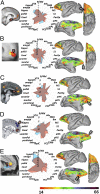
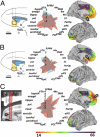
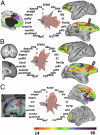
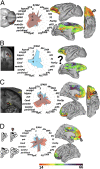
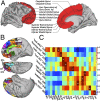
References
Publication types
MeSH terms
Grants and funding
LinkOut - more resources
Full Text Sources
Other Literature Sources

